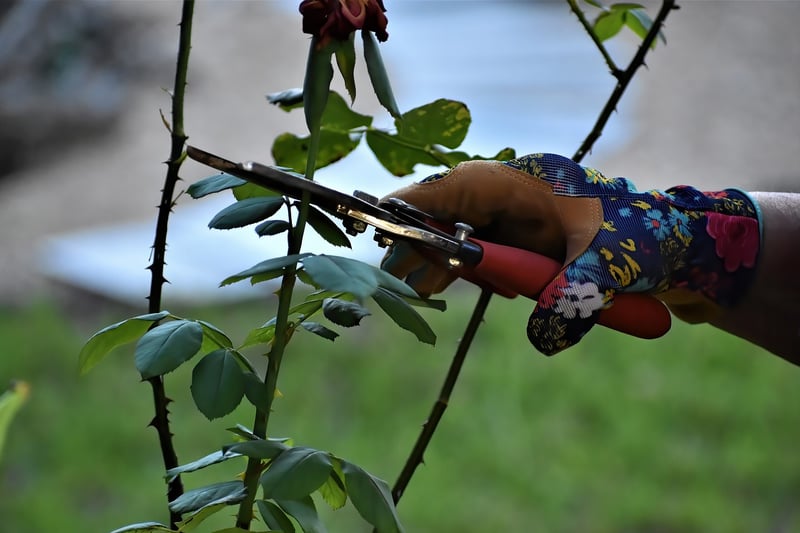Pruning Techniques

Plant Care and Pruning Techniques
Introduction to Plant Care
Plants are a wonderful addition to any home, but they require proper care to thrive. By understanding the basics of plant care and learning effective pruning techniques, you can help your plants grow healthy and beautiful.
Plant Care Tips
- Provide adequate sunlight: Ensure your plants receive the right amount of sunlight based on their specific needs.
- Watering: Water your plants consistently, but be cautious not to overwater as it can lead to root rot.
- Humidity: Maintain proper humidity levels, especially for tropical plants that thrive in moist environments.
- Fertilization: Use a balanced fertilizer to provide essential nutrients for plant growth.
- Repotting: When your plant outgrows its current pot, consider repotting it to provide more space for root growth.
Pruning Techniques
Pruning is an essential practice to promote healthy growth and shape your plants. Here are some pruning techniques to master:
1. Pinching
Pinching involves using your fingers to remove the tips of stems to encourage bushier growth.
2. Thinning
Thinning is the removal of entire branches or stems to improve air circulation and reduce overcrowding.
3. Heading Back
Heading back entails cutting back a portion of a branch to stimulate new growth and maintain the plant's shape.
4. Deadheading
Deadheading is the process of removing spent flowers to redirect the plant's energy into producing new blooms.
Conclusion
By following these plant care tips and mastering pruning techniques, you can create a thriving indoor garden filled with healthy and vibrant plants. Remember to research the specific needs of each plant species to provide tailored care for optimal growth.
Images source: Pixabay.com